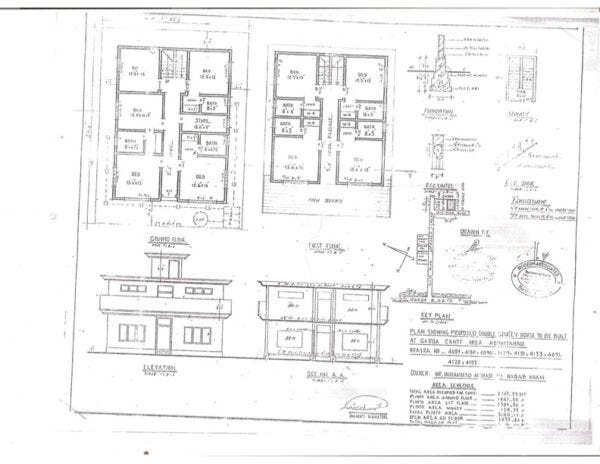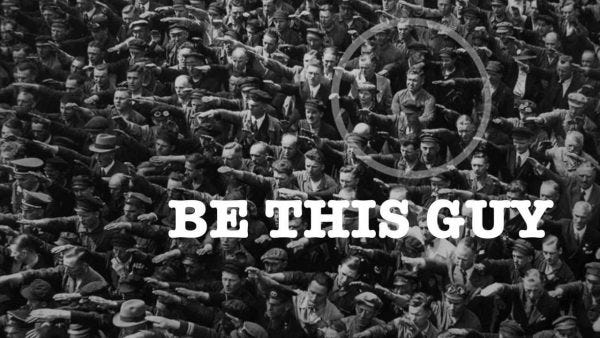I join the freedom-loving peoples of the world in congratulating the Israel Defense Forces (IDF) for eliminating the genocidal bastard Yahya Sinwar. Sinwar was the head of Hamas and claimed that when the time came, he would stand and fight, dying as a martyr. When the time came, he was running away with a fake ID and a pocket of donor dollars, hoping to go to the ground in Rafa. You remember Rafa, the town the spinless cowards running the United States, United Kingdom, France, Canada, and Egypt told the Israelis to avoid. Cackling Kamala even warned Israel about Rafa, saying, “She had studied the maps,” whatever that meant.

Israel is modeling the consequences of valuing competence over diversity in national leadership, intelligence organizations, and a hard-fighting army. They are not constrained by ridiculous rules of engagement from on high. Compare and contrast what we have watched the IDF do over the past year to how we handled fighting terrorists embedded inside Afghan communities. This conversation between Shawn Ryan and Nick “The Reaper” Irving is most informative on that exact topic. You should watch all five hours of this podcast to understand the quality of the human capital wasted by our feckless national leaders and their yellow generals.
There are enough warning signs about our hollow military and its morally bankrupt leadership for a hundred blog posts. From drone swarms loitering over our military bases. unmolested, the Pentagon killing hundreds with an experimental drug treating a virus that was not a threat to servicemen, to an army helicopter rotor washing civilian hurricane relief supplies, the signs that our military is broken cannot be ignored. But I want to focus on the one area I find the most upsetting: women in our combat arms.
West Point and the Naval Academy will roll into the weekend with undefeated football teams. If you look at those teams, you will notice they resemble Israeli combat formations in that they are all male. Our military leadership insists that there are no differences between men and women in mental capacity or physical strength despite several millennia of human experiences and our own lying eyes.
Men and women are born with dramatically different capabilities, which can be seen every time a woman’s national soccer team is beaten by an under-15 boys’ squad. It’s not polite to mention that fact, which most of us find merely amusing. But when women are inserted into ground combat units, the delusions of our elites are no longer funny. One of the many reasons our military faces a recruiting and retention crisis is this callous disregard for the lives of enlisted men who are saddled with females in combat zones.

Let me tell you about women in combat. On a warm summer day, I witnessed a Marine Corps patrol walking through the Nawa Bazaar in the Helmand Province of Afghanistan. I could see the point man was furious, as were the men behind him, and stopped to watch. Then I saw why; the men were carrying the weapons and body armor of their female “Lioness” Marines. The women were stumbling in a gap-mouthed stupor, hanging onto the body armor of the man in front of them. The locals crowding the bazaar were laughing and openly mocking the Marines. It was such a sad spectacle that I couldn’t take a picture of it; I was too embarrassed
What’s the current perception of the Marine Corps Lioness program? A quick Google search reveals dozens of articles about the trailblazing female Marines or the Special Ops: Lionesses TV show. That TV show stars Zoe Saldaña, who is 45, Nicole Kidman, who is 56, and Morgan Freeman, who is still kicking at 86. Can you imagine people that old on the battlefield? It’s a joke, insulting to our intelligence, but it’s a reality for too many of the idiots comprising our elite managerial class.

The Marine Corps Lioness program paid dividends only because our generals were incapable of the tactical adaptation of warning residents in targeted areas to get out before we came in. No military in history has done more to prevent civilian collateral damage than the Israelis. But once warned by them, the civilians who stay risk becoming collateral damage because the Israelis prioritized winning battles and preserving their troops over rules of engagement designed to appease their political masters.

The IDF is delivering a master class on intelligence operations and conducting ground combat operations. There are no women at the pointy end of their spear, just as there are no women from Ukraine or Russia slugging it out in the trenches of Ukraine.
There shouldn’t have been any American women at the pointy end of our spear during the 20 years we spent replacing the Taliban with the Taliban. But our senior generals aren’t as competent as Isleali generals, so they came up with workarounds that made female congresspeople swoon while leaving our best warriors like Nick Irving alone, exposed, and unable to call in the fire support they needed to survive. A military organization that places winning collegiate football games over the lives of its soldiers and Marines is not worthy of our support or admiration. They have earned nothing but our contempt.















































